For subscribers only
Subscribe now to read this post and also gain access to Jom’s full library of content.
Subscribe now Already have a paid account? Sign in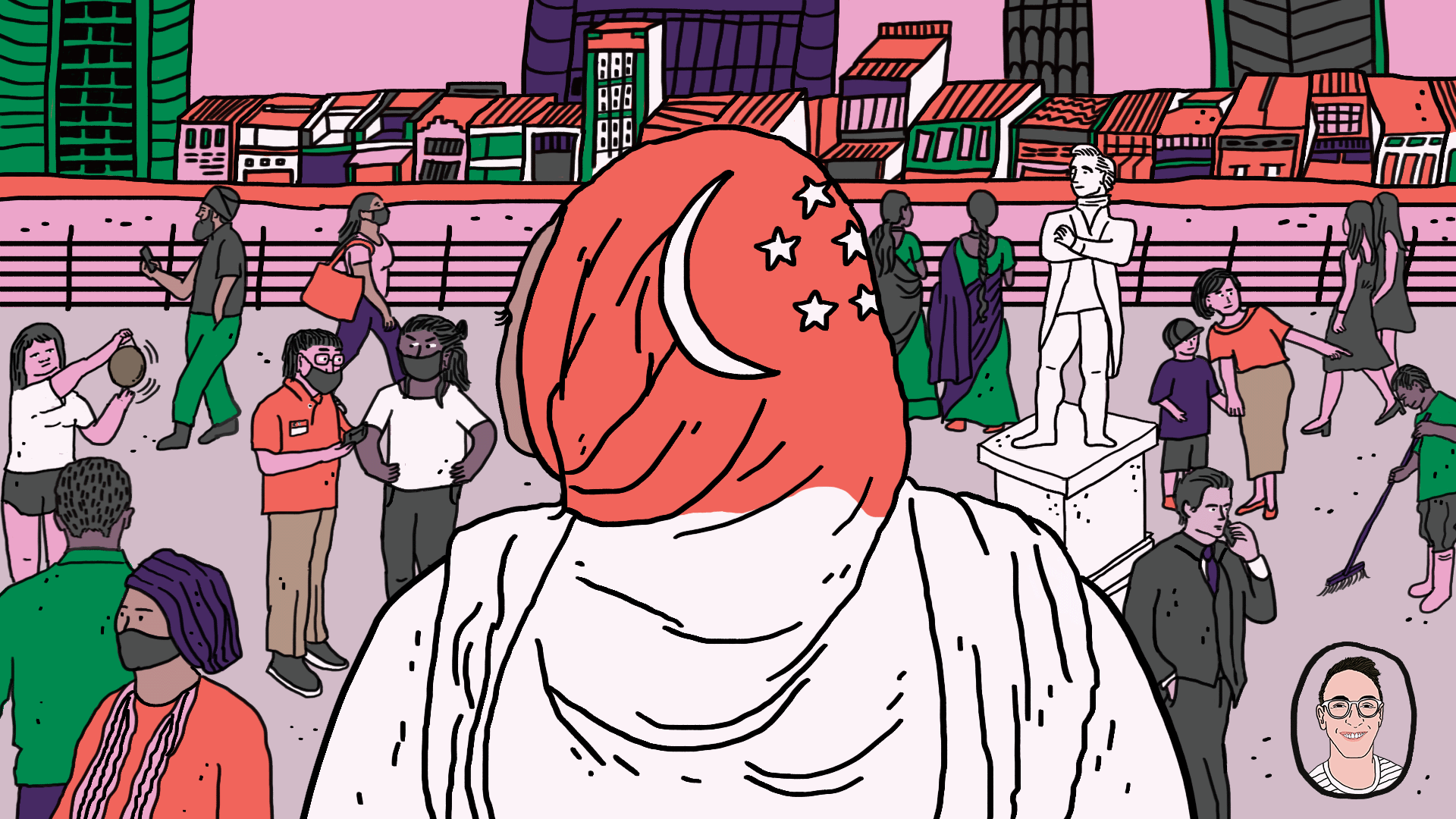
The tudung issue is a microcosm of a much larger problem in society—our refusal to recognise the full differences that make up the reality of our lives in Singapore.
Subscribe now to read this post and also gain access to Jom’s full library of content.
Subscribe now Already have a paid account? Sign in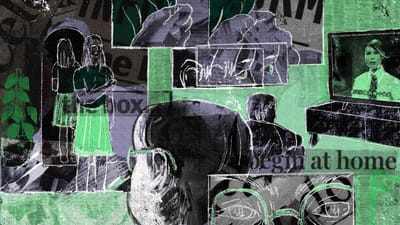
A Singaporean transgender journalist describes how we can all use words that are more inclusive and empowering in our work—and our everyday lives.
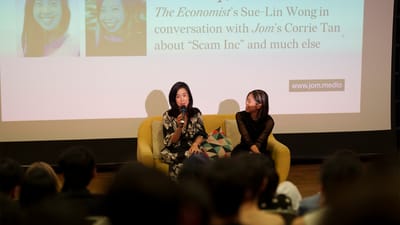
Worrying parallels between the drug and scam industries; a rise in willing workers in Scam Inc; the loneliness epidemic that’s making us susceptible to being scammed—these were some key takeaways from our latest Jom Cakap.

The unequal division of less visible forms of domestic and caregiving work among married couples may be preventing either partner from achieving the best experience of family life and individual fulfilment.
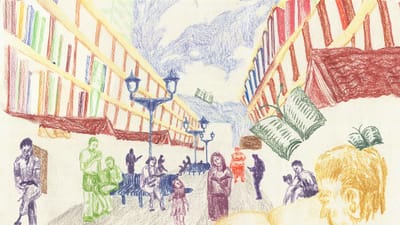
Amid the fusillade of dings, buzzes and pings; and the quick dopamine hits fed to us by social media, reading has almost become a rebellion against technology and biology. This is an invitation to rediscover its joys.
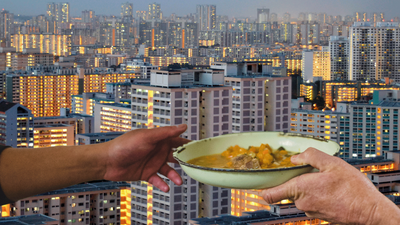
At a time of unprecedented food production, even one person going hungry in one of the world’s richest nations is a travesty.
Please click on the link sent to your e-mail to login to your account.